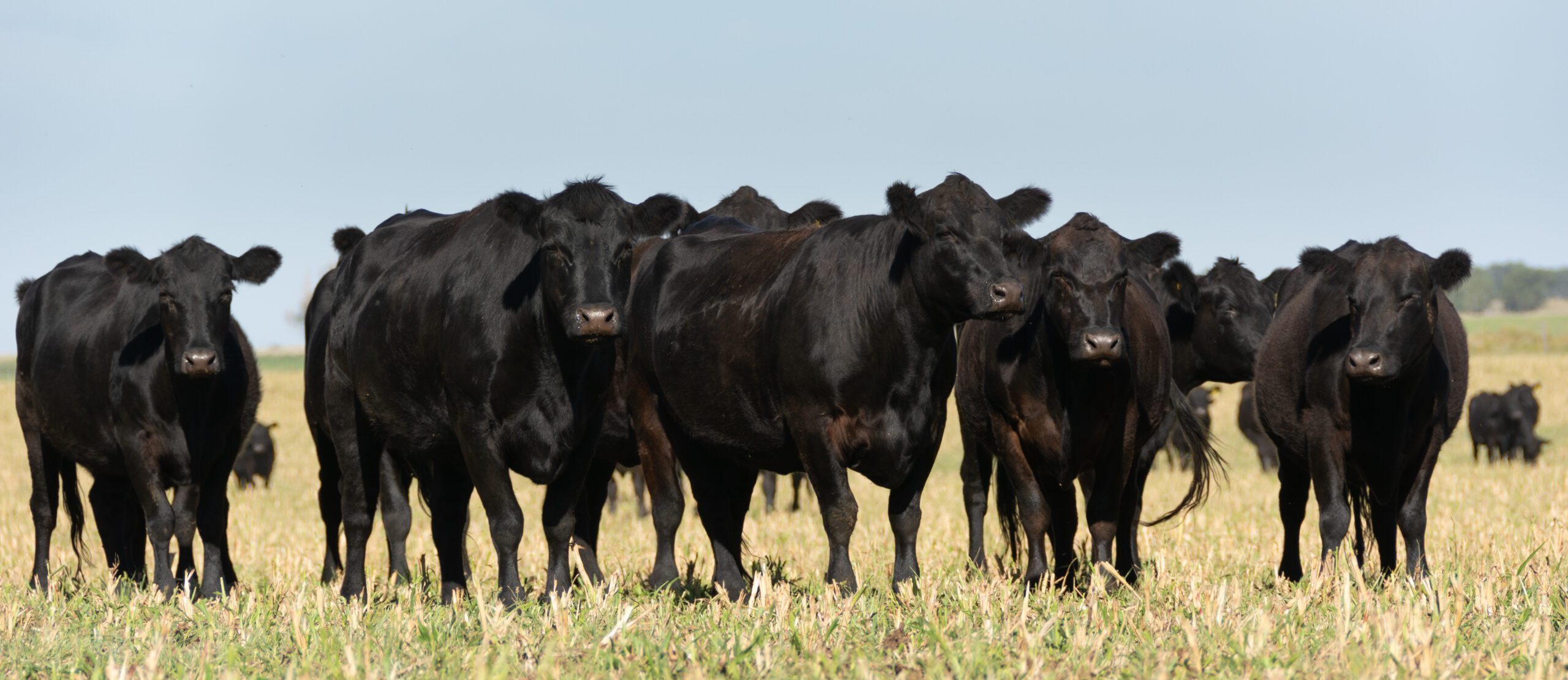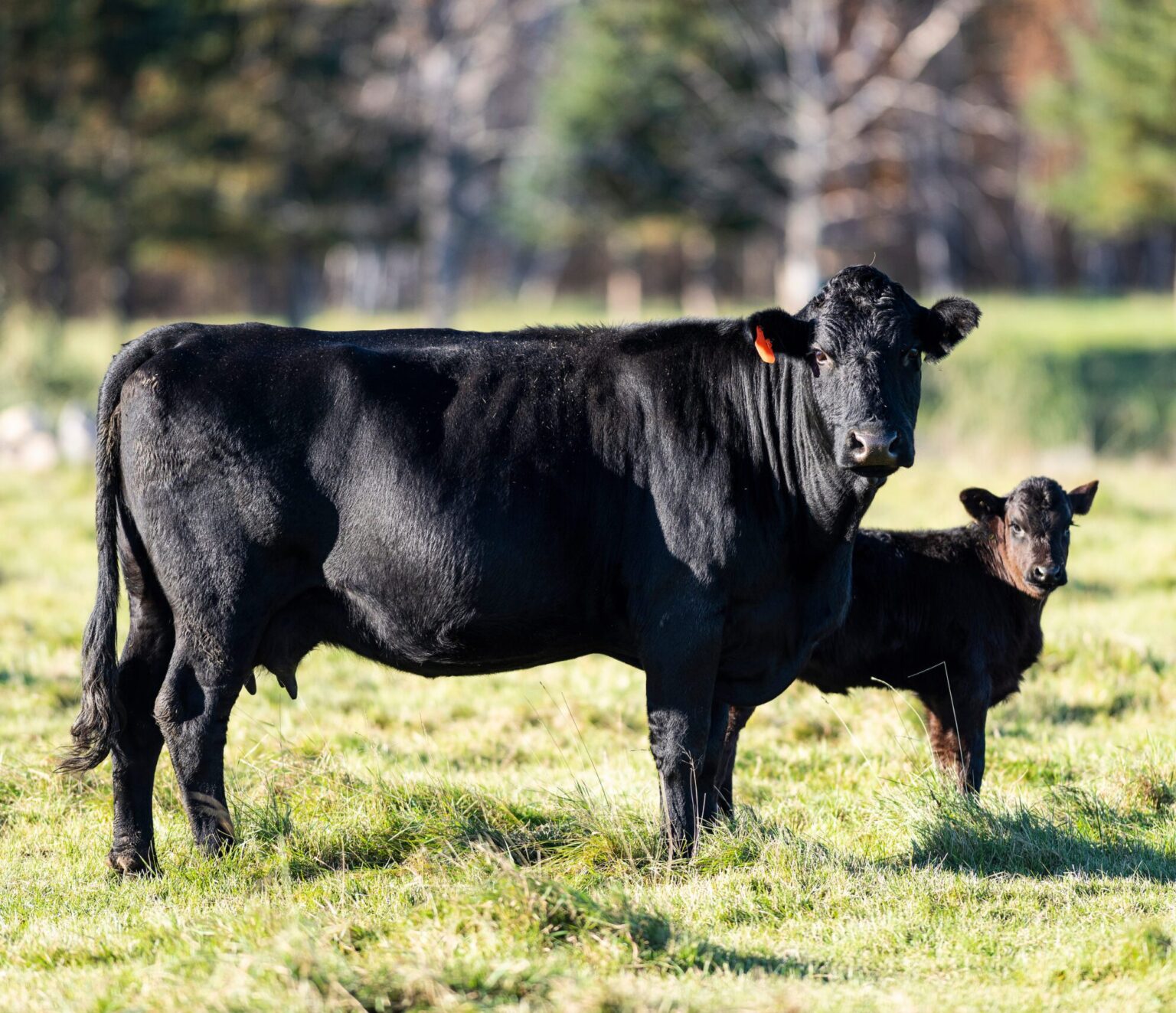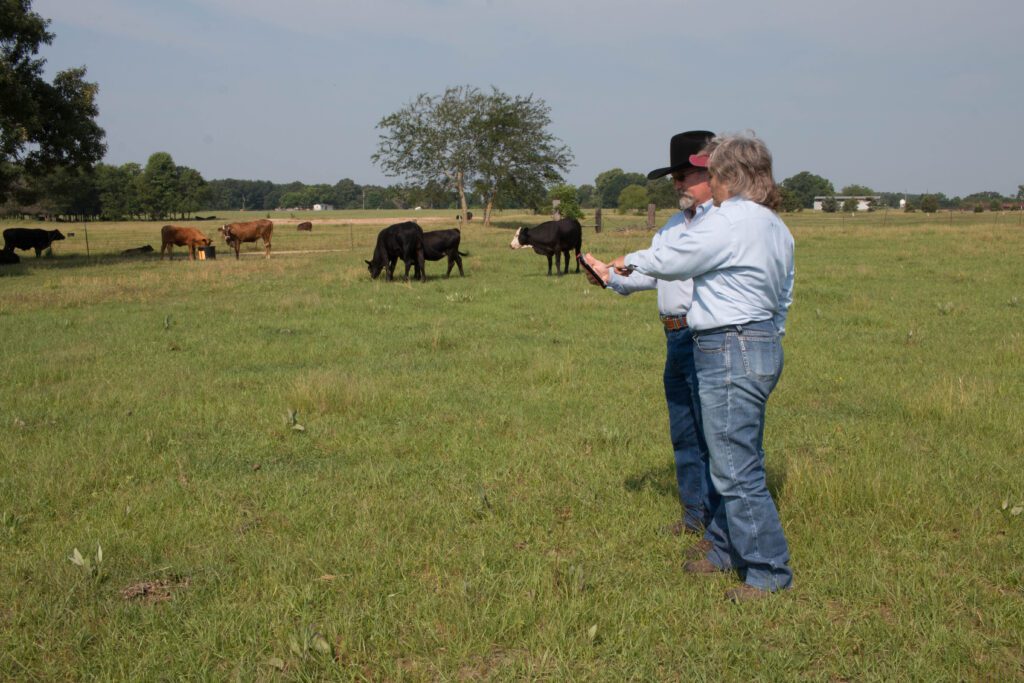What to know about Angus beef cattle: Carcass quality, genetic resiliency, and more
The Advantage and Characteristics of Angus Cattle
Since its origin in Scotland hundreds of years ago, Angus cattle have been one of the most prominent, well-known breeds in the world.
These days, there are hundreds of thousands of Angus cattle in the United States. These cattle often boost producers’ bottom lines, thanks to their potential for high-quality beef and marketability. From the Certified Angus Beef® (CAB) program to genetic resiliency against certain defects, Angus cattle are often a great long-term investment for producers.
If you’re thinking about adding Angus cattle to your herd, here are a few things to know about the breed.

What is the Angus origin story?
Angus cattle originated in Scotland and were brought to the U.S. in 1874 by Sir George Macpherson-Grant, who then traveled to Kansas with four bulls.
The breed quickly spread across the Midwest, especially in Kansas, and by 1883, the American Aberdeen-Angus Breeders’ Association was formed. It was later renamed to the American Angus Association in the 1950s.
What is an Angus cow?
When most people think of Angus cattle, they’re thinking of Black Angus. (There are also Red Angus cattle, which have many of the same genetic characteristics; however, the well-known Certified Angus Beef® comes from Black Angus.)
Black Angus cattle are some of the most common in the U.S., and their beef is some of the most popular among consumers. There are more than 300,000 Angus cows in the U.S., producing over a billion pounds of Certified Angus Beef® each year.
These cattle are naturally polled (hornless) and have solid black coats, sometimes with a bit of white on the udder.
What are Angus cattle characteristics?
Genetically, Angus cattle display unique traits that set them apart from other breeds. Many of these characteristics are related to the animal’s beef quality. For example, Angus cattle are known for natural marbling and high carcass grade. These traits help produce the high-quality beef for which Angus cattle are known.
Beyond their beef quality, there are a few more Angus cattle characteristics to note. They have strong fertility rates, alongside longevity — a great combination for producers who want to ensure the sustainability of their operation. Angus cows can often still produce calves after a decade. Easy calving and a slightly shorter-than-average gestation period make Angus a reliable choice for producers looking to increase their calf crops.
Angus cattle are also extremely resilient. They can adapt to various weather conditions, making them good fits for cold Montana ranches down to hot, dry conditions in Texas. Their black coats also help reduce the risk of cancer eye and protect against sun- or snow-burned udders.
The average Angus bull weighs more than 1,800 pounds, while cows average about 1,200 pounds. Despite their large size, Angus cattle are known for their good feed efficiency. This helps improve producers’ Return on Investment (ROI) when raising this breed.

Temperament-wise, Angus cattle are usually known for being calm animals without high levels of aggression. This docility is vital for producers who want to avoid difficult, high-maintenance animals on their operation.
What is Certified Angus Beef?
It is important to note that not every Angus cow will produce Certified Angus Beef®. In fact, the certification is so specific that less than one-third of Black Angus cattle meet the requirements. These high standards help set the beef apart on the market, making it more attractive (and delicious) for consumers.
To reach Certified Angus status, beef must come from cattle that are at least 51% solid black. It also must meet 10 specific quality standards, including high marbling, a strong lean-to-fat ratio, and carcass size.
There are also sub-categories of Angus beef, including Certified Angus Beef® Grass-Fed, which comes from cattle raised on pasture with no antibiotics or added hormones. Another is Certified Angus Beef® Prime, where only the top 3% of beef qualifies after meeting nine additional standards beyond the original 10.
For the last six years, retail stores have sold more than 500 million pounds of Certified Angus Beef. Internationally, sales reached nearly 200 million pounds in 2024.
According to research from West Texas A&M University, “Angus” carried more weight than any other beef branding term, even more than “organic” or “prime”. A majority (65%) preferred branded beef, and more than a quarter (28%) specifically looked for Certified Angus Beef® on their steak labels.

Track your herd
Keeping your cattle inventory organized is crucial, whether you have an all-Angus herd or manage multiple breeds. Try CattleMax software free for 21 days and see how simple it can be to manage your herd, your way.

Jacqueline
Jacqueline, a true Wyoming native, was raised on her family's ranch just north of Cheyenne. Her journey led her to the University of Wyoming, where she earned a Bachelor of Business Administration in Management and Marketing. She and her husband, Darrell, manage a thriving herd of commercial Angus cattle.

